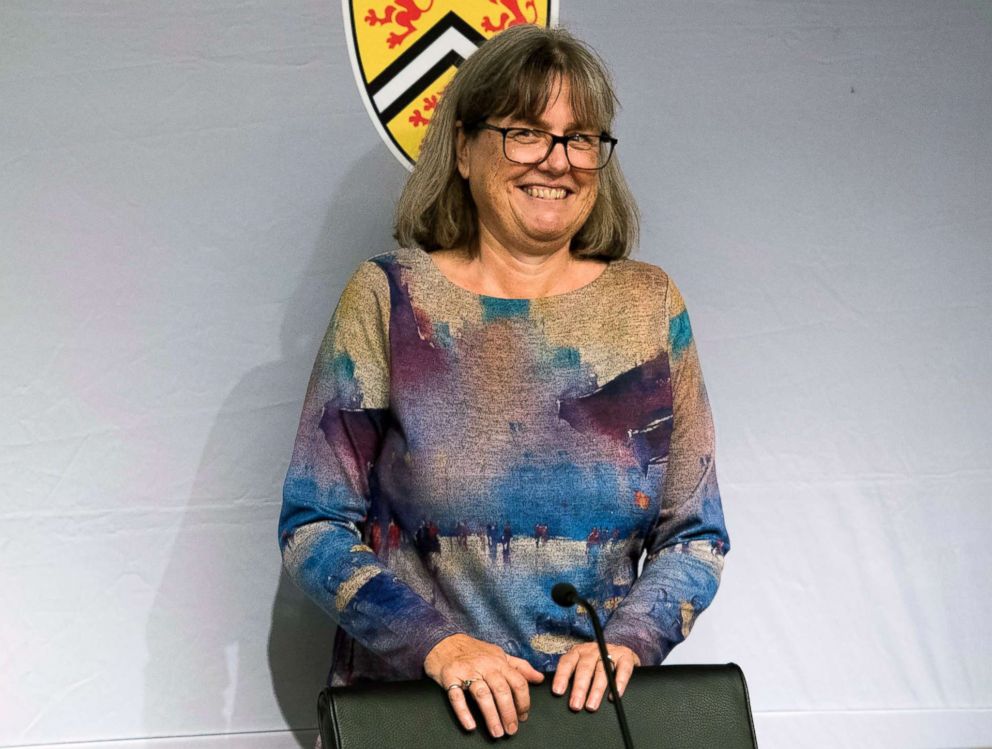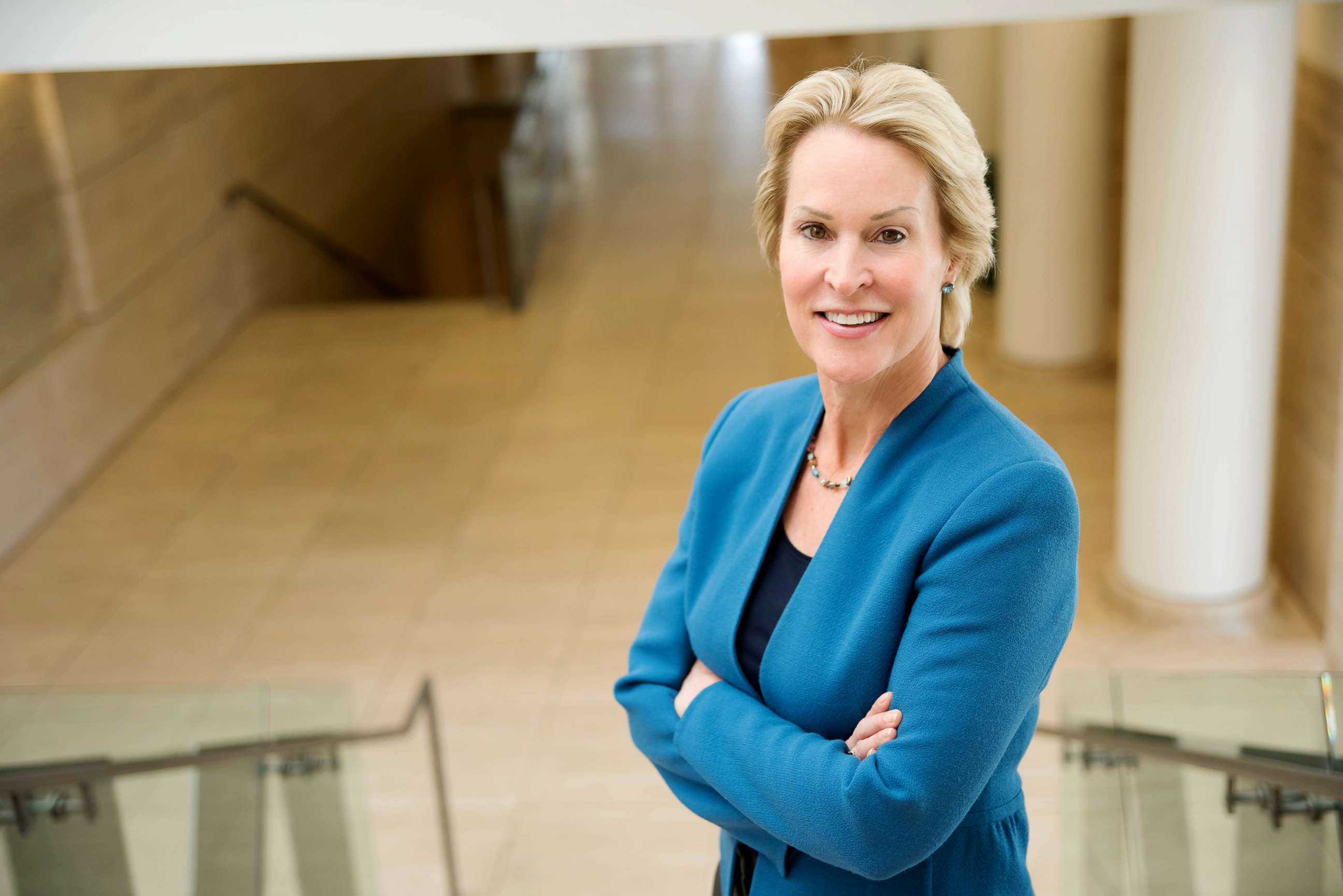2 female scientists make history with Nobel Prize wins
2018 Nobel Prizes in Chemistry and Physics were awarded to women.
Two more female scientists will now go in the history books as Nobel Prize winners.
On Wednesday, Frances Arnold, a Pittsburgh native, became only the fifth woman in history to win the Nobel Prize in Chemistry.
One day earlier, Donna Strickland of Canada, became the third women in history -- and the first in 55 years -- to win the Nobel Prize in Physics.

"We need to celebrate women physicists because they’re out there," Strickland said Tuesday. "I’m honored to be one of those women."
Strickland, an associate professor at the University of Waterloo, won the prize "for groundbreaking inventions in the field of laser physics," according to the Royal Swedish Academy of Sciences, which awards the Nobel Prize.
Marie Curie was the first women to win the Nobel Prize in Physics, in 1903, followed by Maria Goeppert-Mayer in 1963.
In an interview for NobelPrize.org shortly after learning she won, Strickland said the hardships endured by Goeppert-Mayer -- whose work she cited in her prize-winning doctoral thesis -- showed the progress women have made in science.
"I’m glad that there were trailblazers like her and Marie Curie," Strickland said. "[Maria Goeppert-Mayer] didn’t get to have a paid job for the longest time. She didn’t really get to be recognized as a scientist even though she was doing incredible work."
She added, "I think things have totally changed, so I think it will come around and change more."
Arnold credited her four brothers for giving her the skills to move from a career in mechanical engineering to protein engineering, for which she won the Nobel Prize.

"I have four brothers and I’ve jumped into all sorts of things over my life," she said. "Learning new things has always been fun for me. Changing fields has been fun and I still feel that way many years later."
Arnold, the Linus Pauling professor of chemical engineering, bioengineering and biochemistry at Caltech in Pasadena, California, was in Dallas when she learned she won the Nobel Prize.
"I’m bouncing off the walls but I’m trying to pretend to sound calm and collected," she said. "At this moment I’m absolutely thrilled and I can’t wait to get home and tell my sons."
Arnold won the Nobel Prize alongside two men. Her share of the prize came for her work in "the directed evolution of enzymes," according to the academy.
"In 1993, she conducted the first directed evolution of enzymes, which are proteins that catalyse chemical reactions," the academy wrote of Arnold. "Since then, she has refined the methods that are now routinely used to develop new catalysts."
"The uses of Frances Arnold’s enzymes include more environmentally friendly manufacturing of chemical substances, such as pharmaceuticals, and the production of renewable fuels for a greener transport sector," according to the academy.
Strickland, like Arnold, is also a co-winner of her Nobel Prize with two men: Arthur Ashkin, of the United States, and French physicist Gérard Mourou, with whom Strickland conducted her prize-winning research in the 1980s.
"Strickland and Mourou’s newly invented technique, called chirped pulse amplification, CPA, soon became standard for subsequent high-intensity lasers," the Royal Swedish Academy of Sciences said in a press release. "Its uses include the millions of corrective eye surgeries that are conducted every year using the sharpest of laser beams."
"The innumerable areas of application have not yet been completely explored," the academy added.
The laureates will be celebrated at the Nobel Prize ceremony in Stockholm in December.




